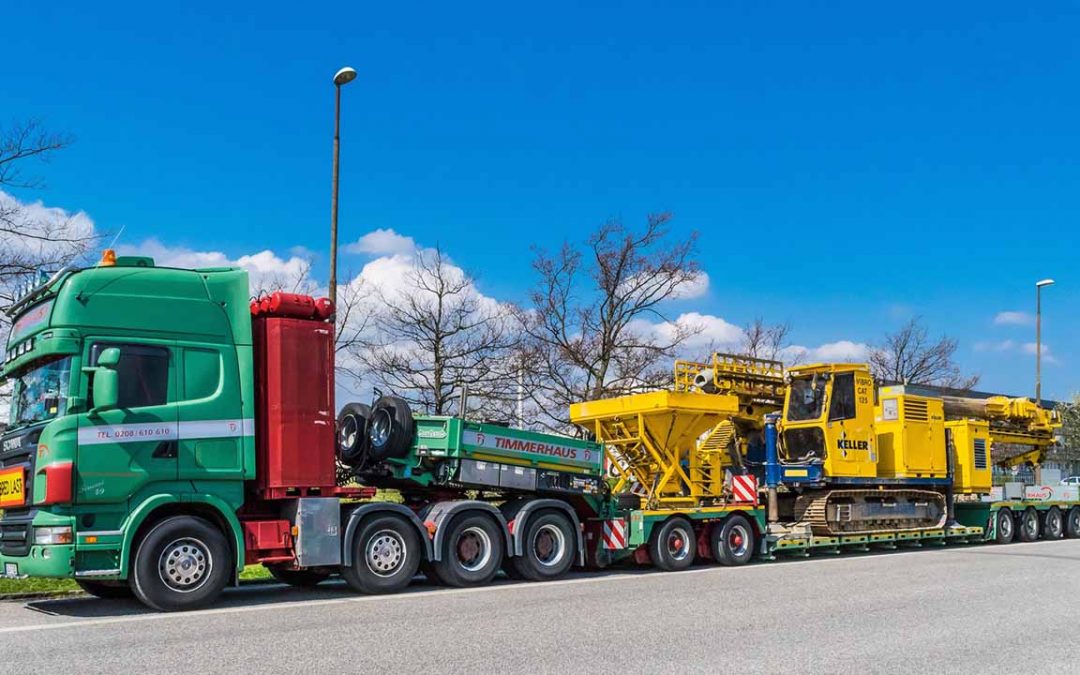When it comes to transporting oversized cargo, every inch, every twist, and every turn matters. Unlike your average delivery, these “Goliaths” demand meticulously planned routes that consider a multitude of factors. From towering wind turbine blades to colossal oil rigs, navigating their journey safely and efficiently requires strategic planning.
Before You Embark on the Odyssey:
Know Your Goliath: Start by understanding the exact dimensions, weight, and center of gravity of your cargo. This forms the foundation for route feasibility and potential challenges.
Map it Out: Utilize specialized route planning software that accounts for oversized cargo restrictions. Analyze road widths, bridge clearances, tunnel heights, and potential obstacles along various routes.
Permit Prowess: Don’t underestimate the power of permits! Research and acquire all necessary permits well in advance, considering state, local, and even international regulations depending on your route.
Weather the Unexpected: Factor in weather patterns and potential disruptions. Avoid routes prone to flooding, strong winds, or other hazards that could compromise safety.
Team Up with Experts: Collaborate with experienced route planners who understand the nuances of oversized cargo transportation. Their expertise can save you time, money, and headaches.
Navigating the Journey:
Low Bridges, Beware! Be mindful of low bridges, overpasses, and other clearance-sensitive areas. Plan alternative routes or utilize specialized equipment if necessary.
Sharp Turns are No Match: Choose routes with wide turning radii and avoid sharp corners that could damage your cargo or destabilize your vehicle.
Night Owl or Early Bird? Consider time-of-day restrictions for oversized cargo transport in certain areas. Plan your schedule accordingly to ensure smooth passage.
Community Communication: Build relationships with local communities along your route. Inform them of your transport schedule and any potential disruptions to minimize inconvenience.
Prepare for the Unexpected: Always have a contingency plan in case of unforeseen circumstances, such as road closures or vehicle breakdowns.
We hope this blog will be helpful in planning for your next project delivery.
If you need further assistance with your upcoming project, feel free to reach out to marketing@bruhat.co.

